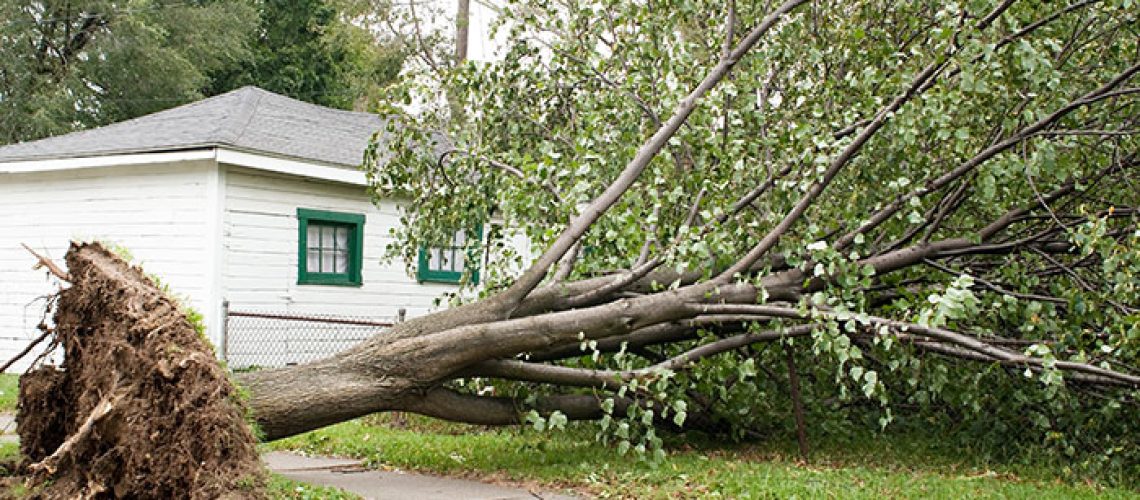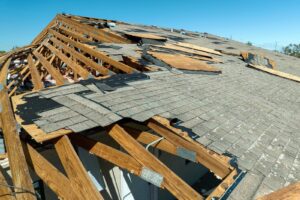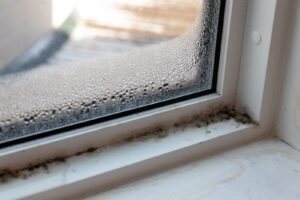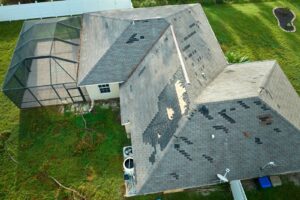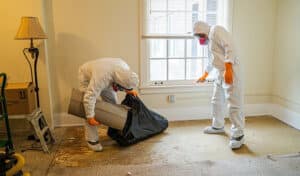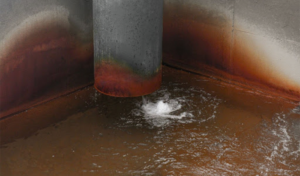A powerful windstorm sweeping through your neighborhood can cause serious wind damage to your home. Broken windows, wind-damaged shingles, and scattered debris paint a picture of the havoc wreaked by the relentless gusts. However, it’s important to remember that you can restore your home to its former glory with the right steps and a proactive approach.
In this blog post, we’ll walk you through nine crucial steps to take if your home has suffered wind damage. By following these guidelines, you can address safety concerns, document the damage for insurance purposes, and initiate the necessary repairs and cleanup. Our goal is to provide you with valuable insights and practical advice to help you navigate the post-windstorm challenges confidently and efficiently.
To ensure you follow the appropriate course of action tailored to your unique circumstances, we encourage engaging the services of a professional disaster clean up company. Their specialized knowledge will enable them to assess your situation comprehensively and provide personalized recommendations on the necessary steps and their optimal order.
1. Ensure Personal Safety and the Safety of your Family
The aftermath of a windstorm can leave your surroundings hazardous and filled with potential risks. Amidst the chaos, it is crucial to prioritize personal safety and ensure the well-being of your family. Here are a few essential steps to take to secure your safety in the wake of wind damage.
First and foremost, carefully assess your immediate surroundings for any imminent dangers. Check for downed power lines, broken glass, or structural instability. It’s essential to proceed cautiously and avoid entering areas that pose a significant risk. If you encounter any life-threatening situations or hazards beyond your expertise, do not hesitate to contact emergency services for assistance.
Next, gather your family members in a safe area of the house, away from potential hazards. Create a central meeting point where everyone can gather and remain together until the situation stabilizes. If necessary, consider temporarily relocating to a nearby shelter or the homes of trusted friends or family members until your property is deemed safe.
2. Document the Damage
When your home has suffered wind damage, documenting the extent of the destruction is a crucial step in the recovery process. Proper documentation serves as tangible evidence for insurance claims and helps ensure a smoother and more accurate damage assessment.
First and foremost, equip yourself with a camera or smartphone to capture detailed photographs and videos of the affected areas. Start by taking wide-angle shots that provide an overview of the damage from different angles.
Once you have wide-angled shots, you can focus on specific areas, zooming in to capture close-up images that clearly depict the extent of the damage. Be thorough and meticulous, documenting interior and exterior damage, including broken windows, wind-damaged shingles, fallen trees, and any other visible effects of the windstorm.
Along with the photos, make sure you keep detailed notes of any damages and lost belongings.
3. Contact Your Insurance Company
One of the pivotal steps toward recovery is reaching out to your insurance company. Promptly notifying them about the situation is crucial to initiate the claims process and ensure a smooth resolution. Here are some essential guidelines to follow when contacting your insurance company.
Start by locating your insurance policy and thoroughly reviewing it to familiarize yourself with the coverage details of wind damage. Take note of any specific requirements, deadlines for reporting a claim, or deductible amounts that may apply. Understanding your policy will enable you to provide accurate and relevant information when communicating with your insurance representative.
When contacting your insurance company, gather all the pertinent information and documentation you have prepared. This includes photographs or videos showcasing the extent of the wind damage, detailed notes describing the incident, and a comprehensive inventory of damaged items. These materials will serve as vital evidence to support your claim and provide a comprehensive overview of the loss.
The representative will explain the claims process, the required documentation, and any additional steps you need to take.
4. Secure the Property
Start by conducting a thorough assessment of the property’s exterior. Look for any visible signs of damage, such as loose or damaged roofing materials, broken windows, or compromised doors. Address these issues promptly to prevent additional water intrusion or further structural instability. If you feel uncomfortable or lack the necessary expertise, consider engaging a disaster clean up company to assist with the repairs.
Temporarily cover broken windows, skylights, or other openings with boards, tarps, or plastic sheeting. This will help prevent water, debris, and pests from entering the property. Ensure that the coverings are securely fastened to withstand potential gusts of wind. Remember to prioritize safety during the process and exercise caution when working at heights.
Inspect the roof for missing or damaged shingles, tiles, or flashing. Address any issues promptly to prevent further water infiltration and potential structural damage. If you have wind-damaged shingles, consult a roofing professional to assess the damage and carry out the necessary repairs or temporary fixes.
Ensure that loose items are stored or fastened securely to prevent them from becoming dangerous projectiles in strong winds, and trim or remove damaged tree branches that could potentially cause harm or damage during subsequent wind events, seeking disaster clean up professionals as needed.
5. Mitigate Further Damage
Here are a few other things that should be checked after suffering severe storm damage:
- Check the electrical system for damage and turn off power if necessary, contacting an electrician for repairs.
- Assess the plumbing system for issues and shut off the water supply to affected areas, consulting a plumber as required.
- Monitor the property for ongoing damage or structural compromise, seeking expert evaluation and guidance.
Unless you have experience in storm clean up, you should leave these things to disaster clean up professionals, who have the knowledge and training to check them safely.
6. Hire a Professional for Assessment
After your home has experienced wind damage, it is highly recommended to enlist the services of a professional for a thorough assessment of the property. A qualified and experienced professional, such as a licensed contractor or a certified home inspector, can objectively evaluate the damage and help you understand the extent of the repairs needed.
Their expertise allows them to identify hidden or structural issues that may not be immediately apparent. By engaging a professional for assessment, you can gain valuable insights into the condition of your home, receive accurate repair recommendations, and ensure that the necessary steps are taken to restore your property to its pre-damage state.
While we recommend enlisting their help earlier in the process, having a professional inspect your home at some point is generally a good idea, especially after suffering severe damage.
7. Begin the Cleanup Process
While it is possible to undertake the clean-up process yourself after wind damage, hiring professionals for the task is often easier and more efficient. Cleaning up after a windstorm can be a complex and labor-intensive process, requiring specialized equipment, knowledge, and expertise.
Professional clean-up crews have the experience and resources to effectively handle debris removal, structural repairs, and restoration efforts. They can ensure that the clean-up is carried out safely, efficiently, and in compliance with relevant regulations.
8. Keep Track of Expenses
When dealing with the aftermath of wind damage to your home, keeping meticulous records of all expenses related to the recovery process is crucial, especially for insurance purposes. Create a dedicated system to organize and securely store receipts, invoices, and any other relevant documentation.
Categorize your expenses, including repairs, materials, and professional services, and record detailed information such as dates, descriptions, and amounts paid.
9. Follow Up with the Insurance Company
Maintaining regular communication and documentation with your insurance company is crucial when following up on your wind damage claim. Record all conversations and correspondence, promptly providing any requested information to support your claim. Regularly check the status of your claim, seeking updates and clarification on any concerns or discrepancies.
If necessary, consider seeking assistance from the disaster clean up company you partner with, as they’ll have experience dealing with insurance claims. They’ll be able to help ensure your rights as a policyholder are protected. By actively following up with your insurance company, you increase the chances of a smooth and favorable resolution to your wind damage claim.
When Wind Strikes, Restoremasters is Here to Help
When your home has suffered from wind damage, prompt action is crucial to restore and protect your property. When that happens, Restoremasters is here to help you through the recovery process. Our experienced disaster clean up team is equipped with the knowledge, skills, and specialized equipment needed to efficiently and effectively mitigate the damage.
Contact us today by calling us at (801) 446-6727 or by using our online form to schedule a consultation and take the first step towards restoring your home to its pre-damage condition.
Our dedicated professionals are ready to provide exceptional service and peace of mind during this challenging time. Let us handle the cleanup and restoration, so you can focus on rebuilding and moving forward.

